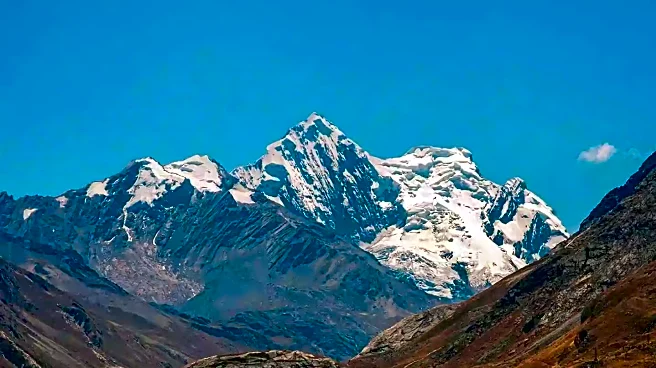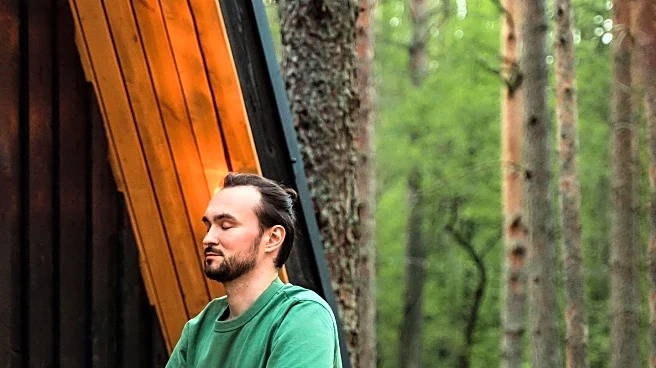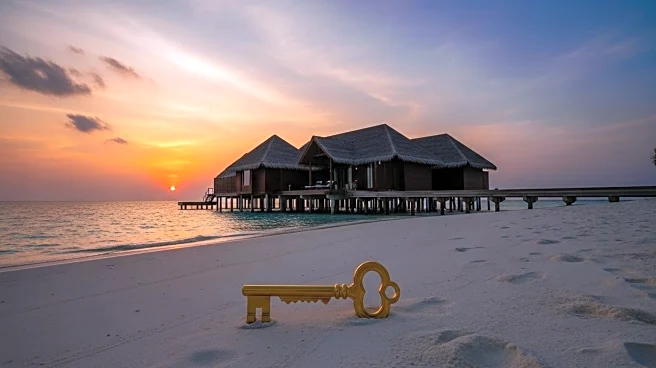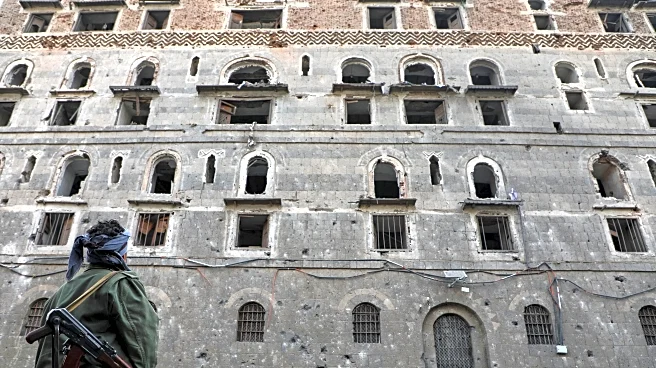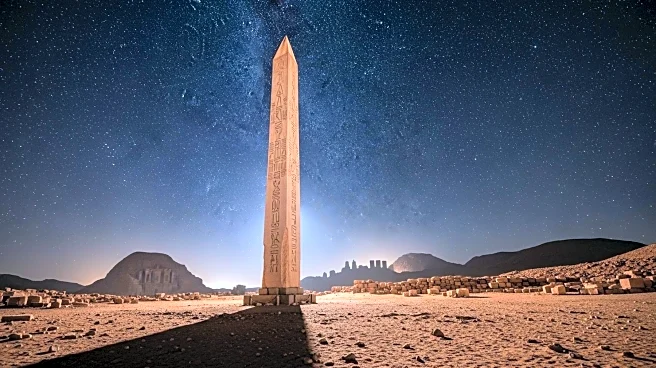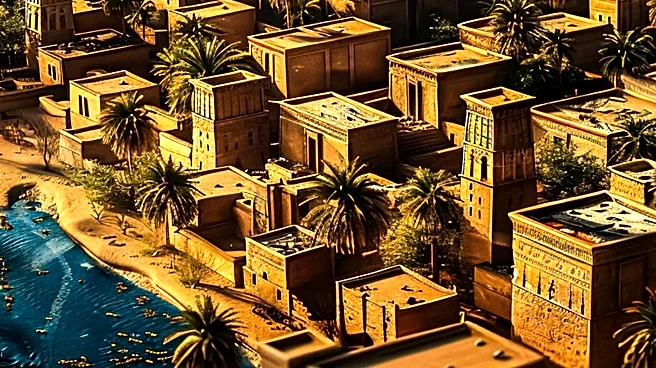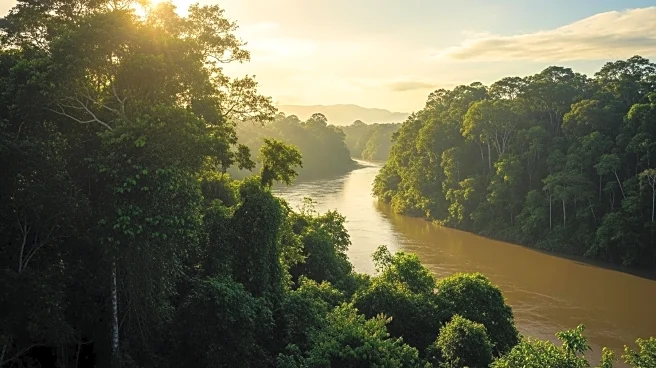What's Happening?
Yungay, a town in Peru, was devastated by a landslide in 1970, which buried it under millions of tons of earth following a glacial avalanche from Mount Huascarán. The disaster resulted in approximately 18,000 fatalities, making it one of the deadliest landslides in history. Today, Yungay has been rebuilt as 'New Yungay' and serves as a base for adventure tourism, offering access to Huascarán National Park and other natural attractions. The site of the old town is preserved as a national cemetery and memorial, attracting visitors interested in its history.
Why It's Important?
The transformation of Yungay from a site of tragedy to a hub for tourism highlights resilience and recovery. It provides economic opportunities for locals through tourism, helping to rebuild the community. The preservation of the old town as a memorial ensures that the history and lessons from the disaster are not forgotten. The area's natural beauty and proximity to UNESCO sites make it a significant destination for trekkers and cultural enthusiasts, contributing to Peru's tourism industry.
What's Next?
Yungay continues to develop its infrastructure to support growing tourism, including the recent opening of a regional hospital with earthquake-resistant technology. Efforts to promote sustainable tourism will be crucial in balancing economic growth with environmental preservation. The community aims to leverage its historical significance and natural attractions to attract more visitors, further aiding local development.
Beyond the Headlines
The story of Yungay raises questions about disaster preparedness and the impact of climate change on glacial regions. It serves as a reminder of the importance of resilient infrastructure and community planning in vulnerable areas. The cultural significance of the site and its transformation into a tourist destination also reflect broader themes of memory, identity, and recovery.
